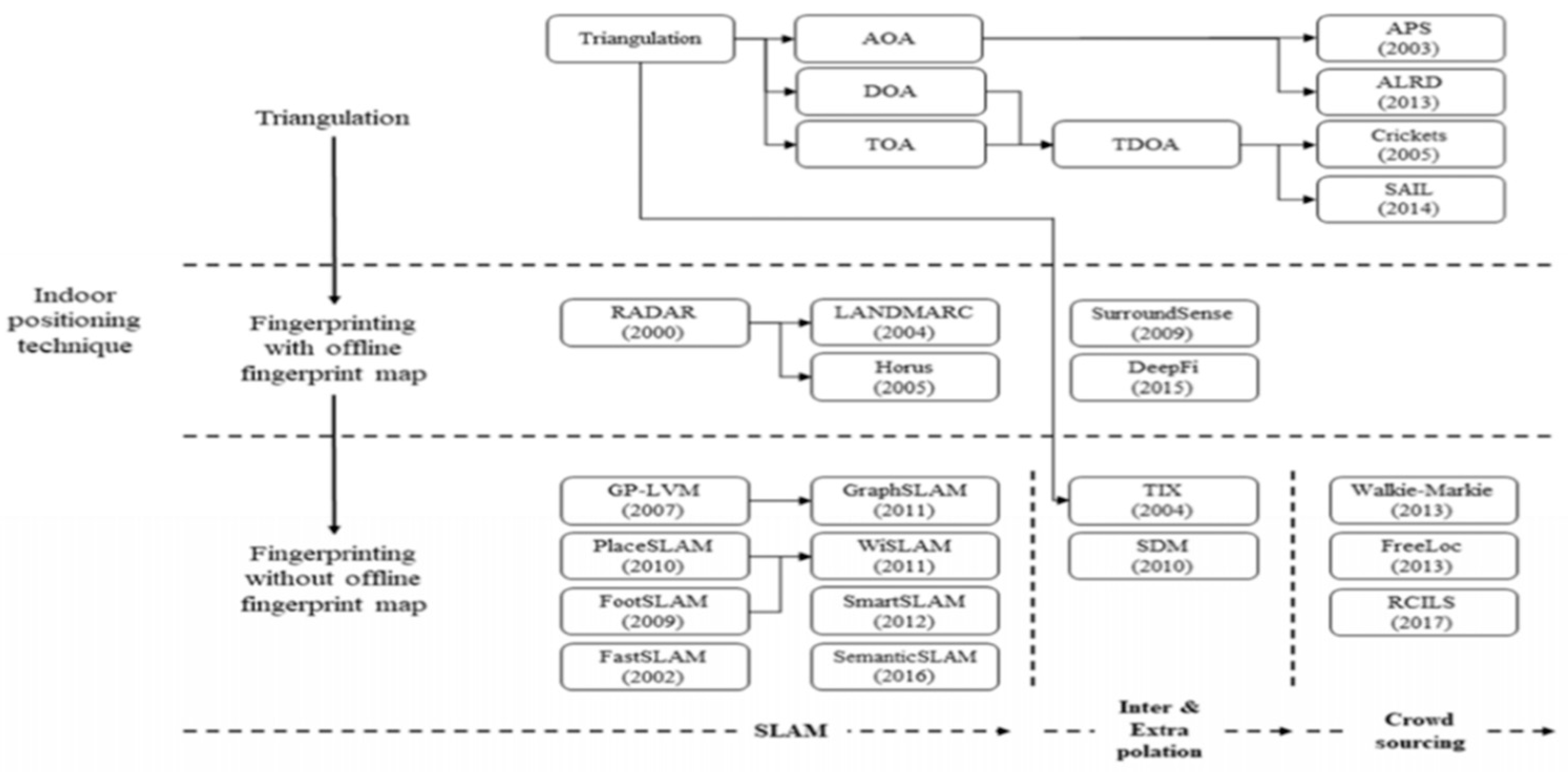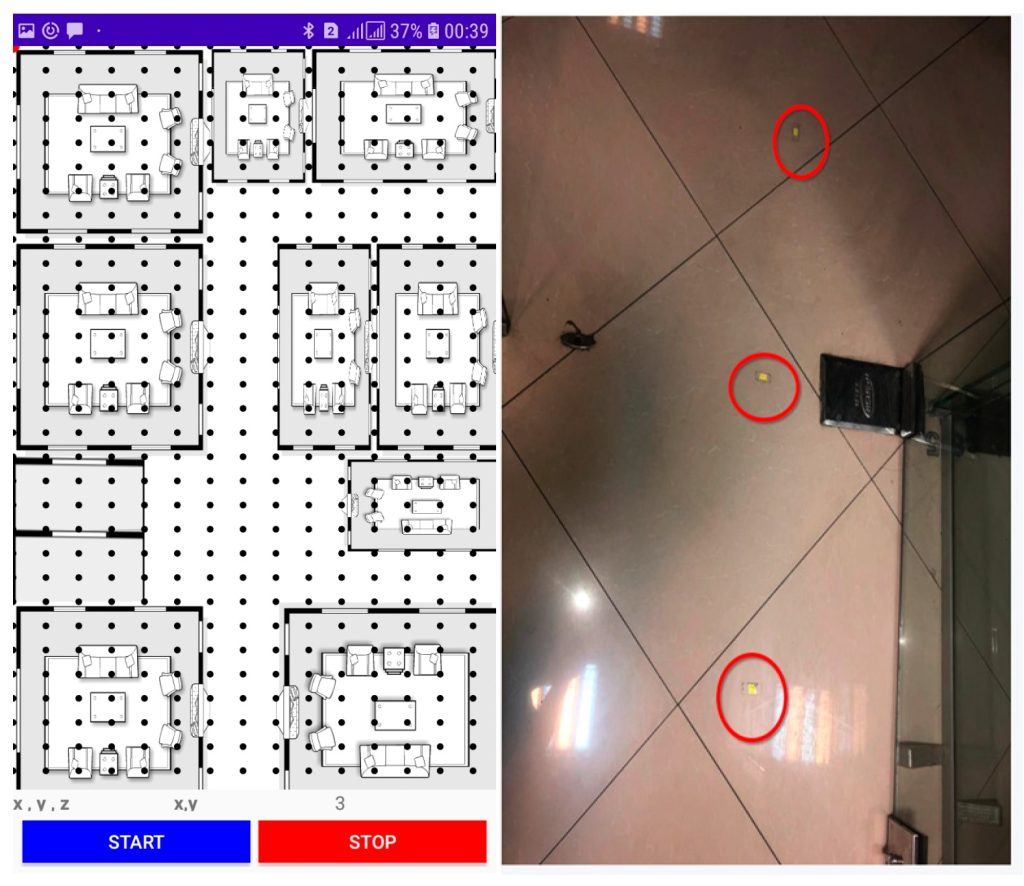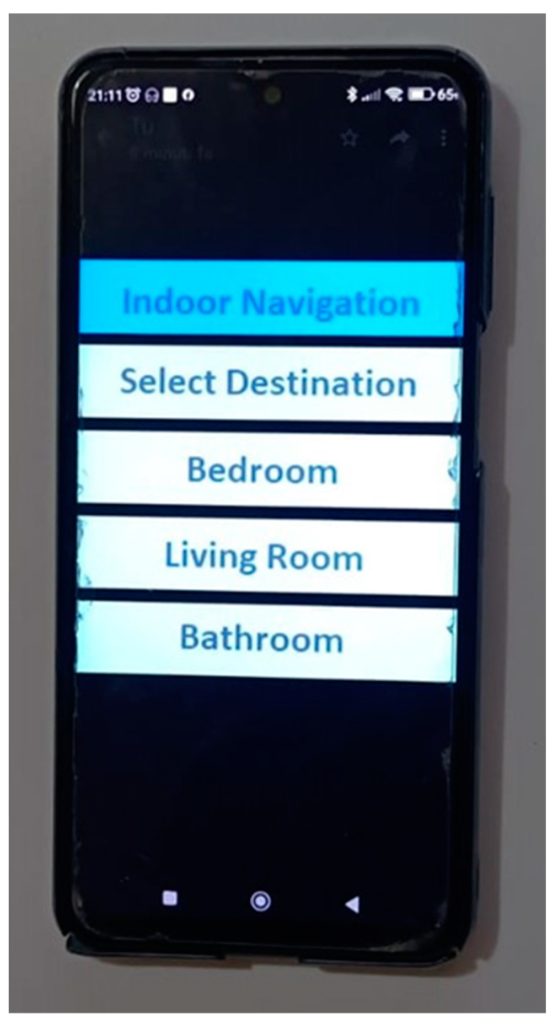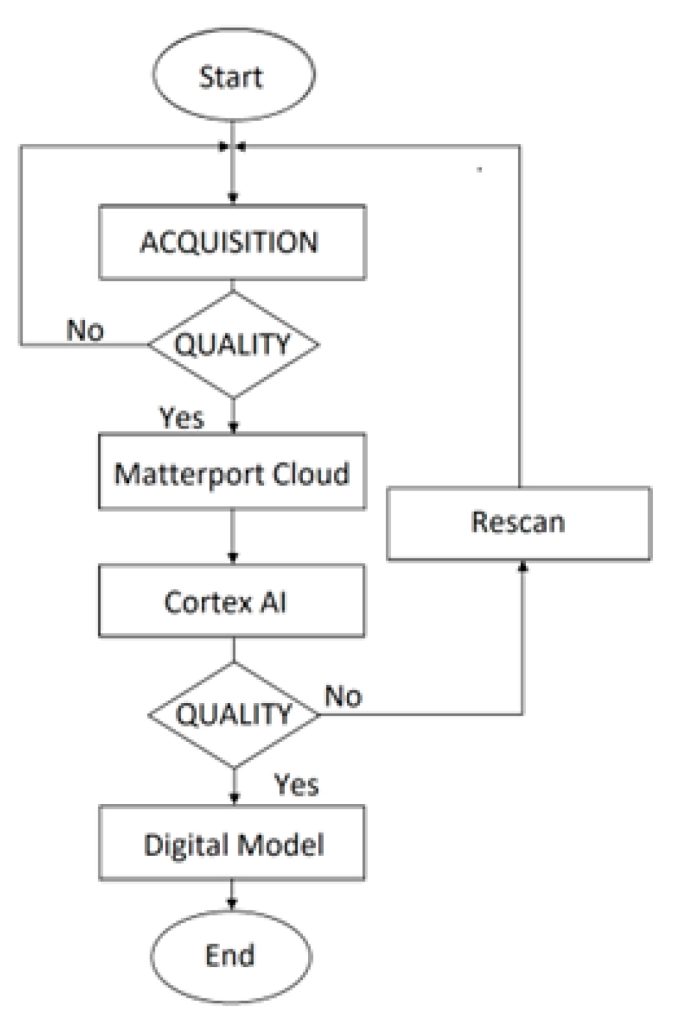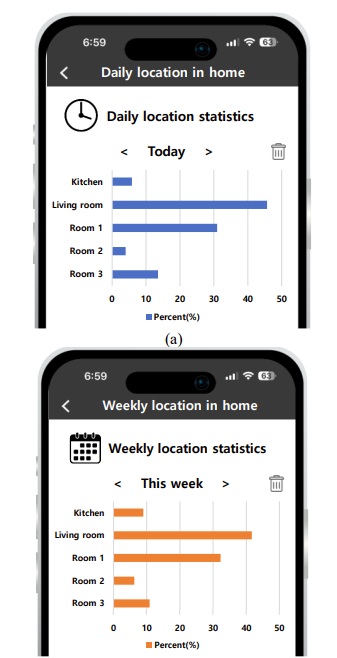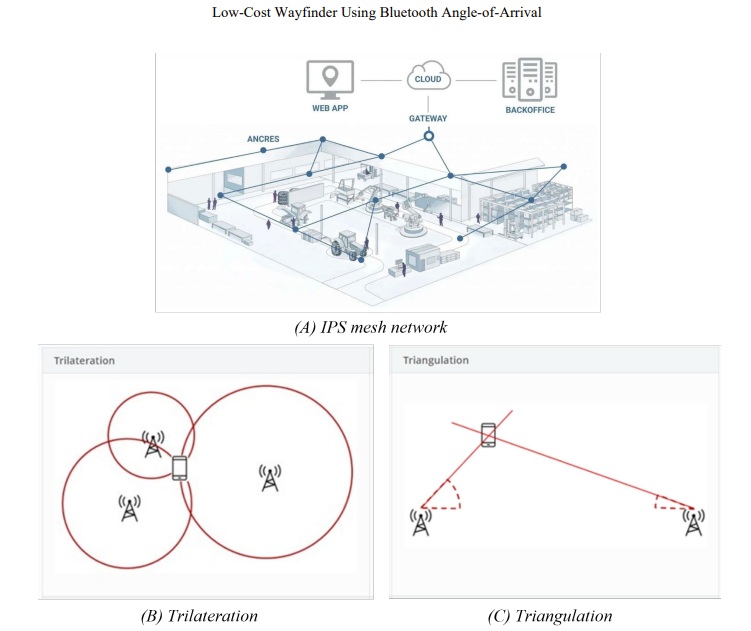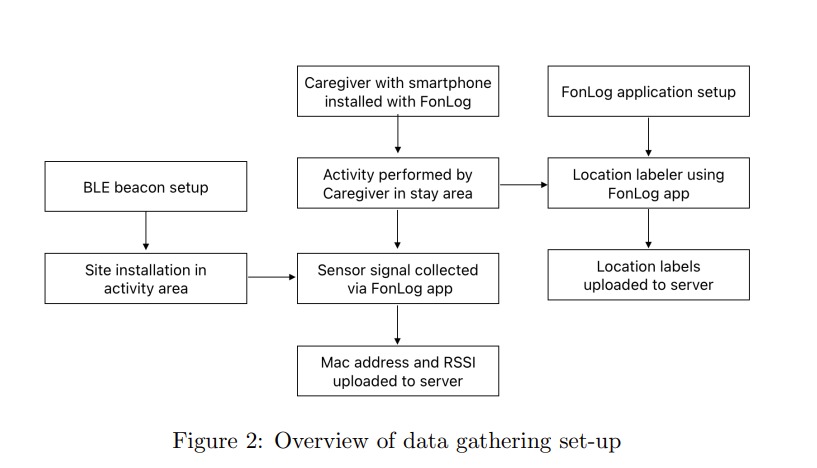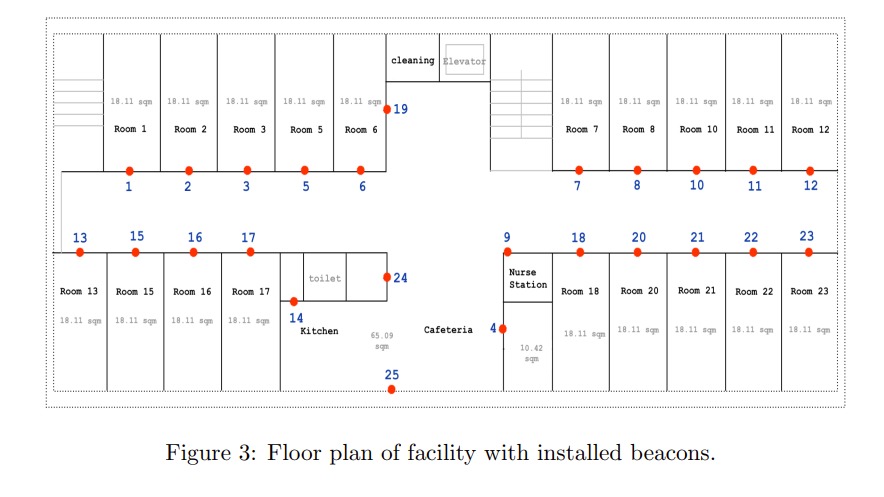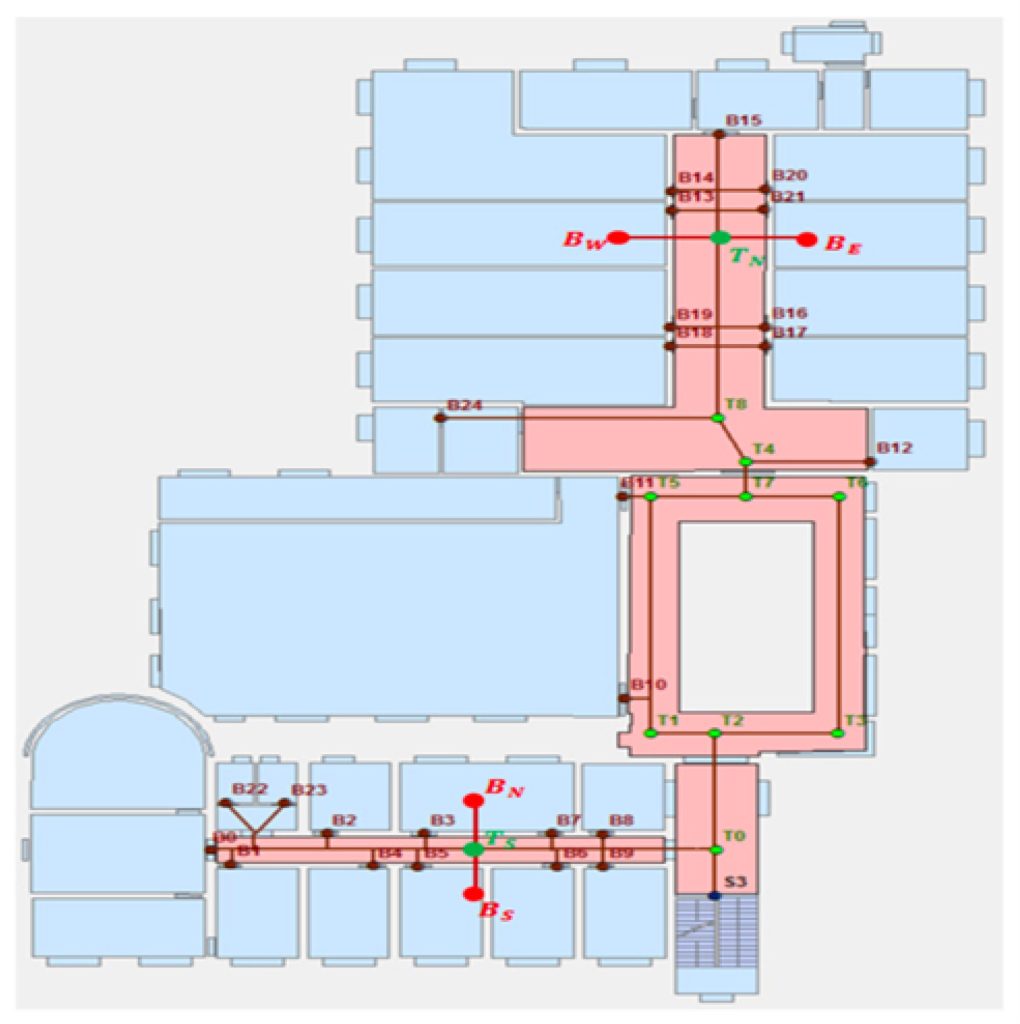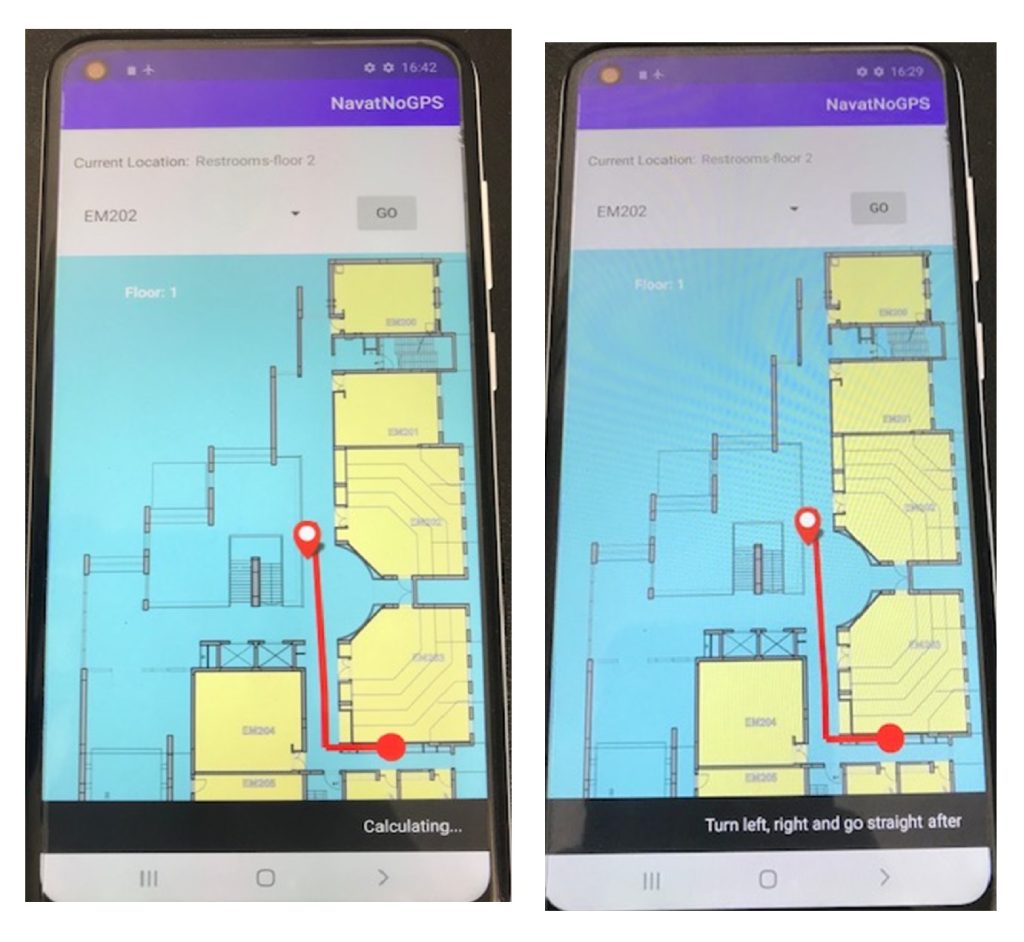There’s new research outlining the use of the MobiXIM framework for developing, evaluating, and refining indoor tracking systems (ITS), addressing challenges related to the lack of standardisation in the field. Indoor tracking, necessary where GPS is ineffective, relies on methods such as infrastructure-based (e.g., Bluetooth beacons using Received Signal Strength Indication), infrastructure-less (inertial and magnetic sensors) and collaborative systems (peer-to-peer communication between devices). These approaches encounter issues like accuracy, reproducibility and data collection costs.
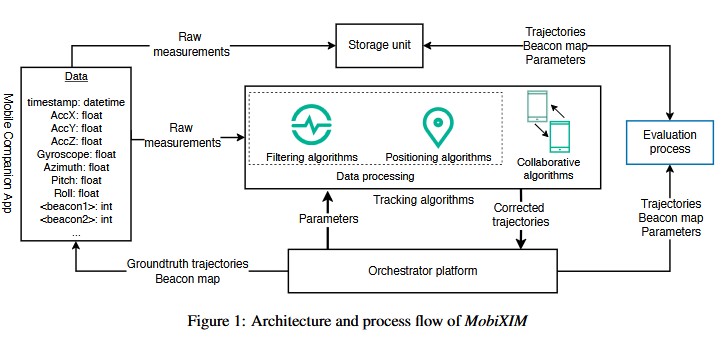
MobiXIM integrates tools to streamline the ITS creation process, incorporating a mobile app for data collection and a web-based orchestrator platform. It employs Bluetooth Low Energy (BLE) iBeacons, both physical and virtual, to enhance location estimates. Physical iBeacons are commercial devices broadcasting signals detectable by smartphones, while virtual iBeacons simulate these signals for testing scenarios without physical deployment. The signals allow devices to calculate their proximity to a beacon, correcting their location estimates based on signal strength.
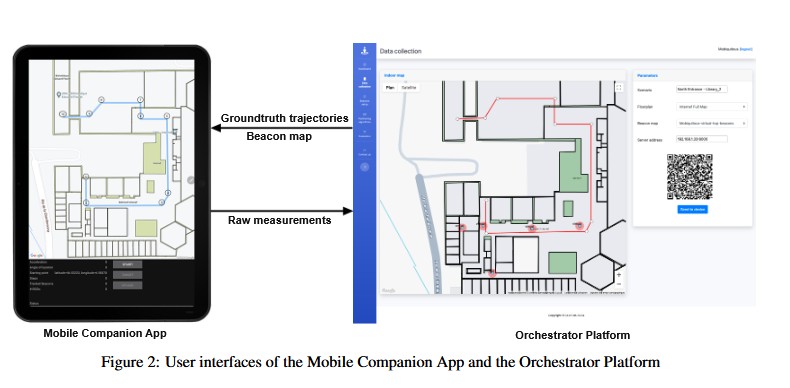
The framework’s plugin-based architecture promotes modularity, enabling researchers to mix and match existing algorithms. The methodology includes filtering noise from sensor data, positioning via algorithms like Pedestrian Dead Reckoning, and correcting errors through collaborative adjustments among devices and beacon signals. The corrected data is evaluated using metrics such as positioning accuracy and trajectory similarity.
Experiments in a university building demonstrated how collaboration between devices and interaction with beacons significantly improved accuracy. The replay feature of MobiXIM allows researchers to simulate and adjust experimental setups, testing variables like beacon density and device collaboration.
iBeacons play a critical role by providing a reliable reference point for error correction and enhancing the overall accuracy of indoor positioning systems, particularly when combined with collaborative algorithms.
